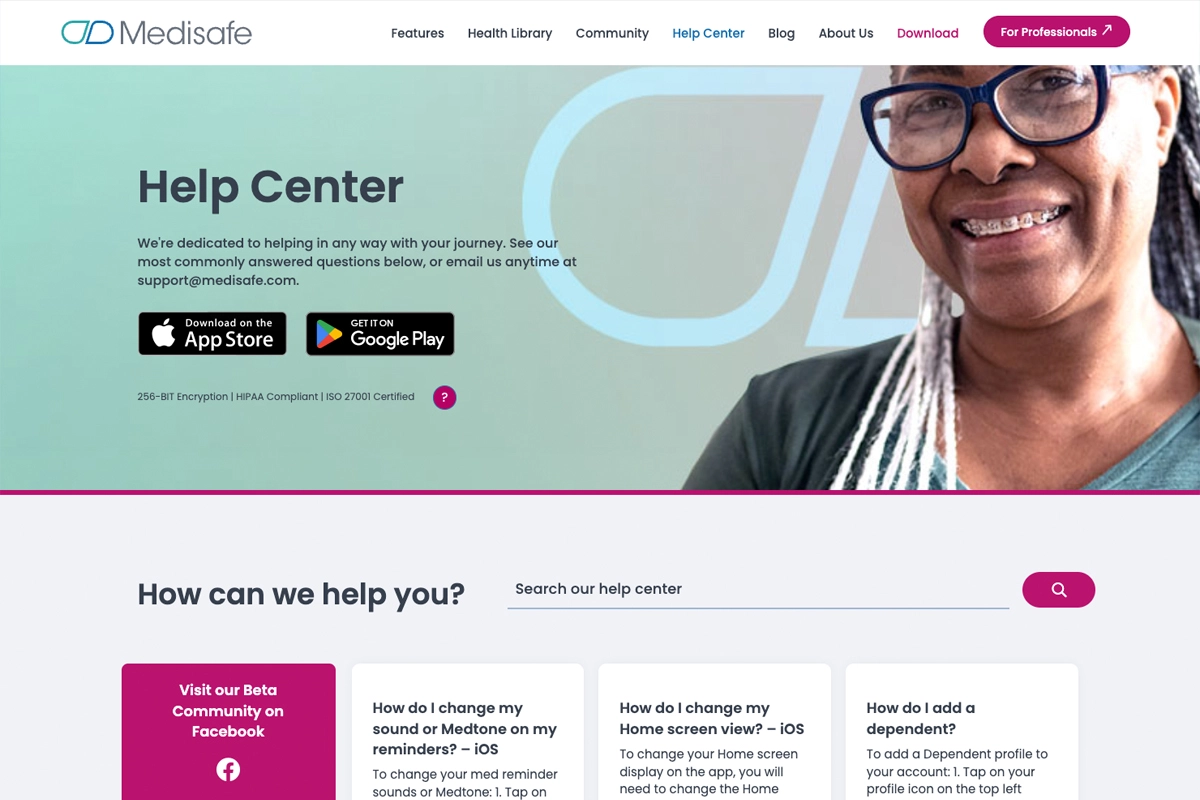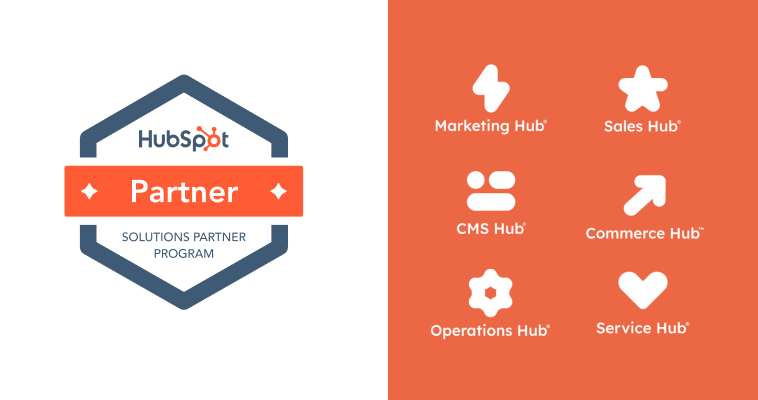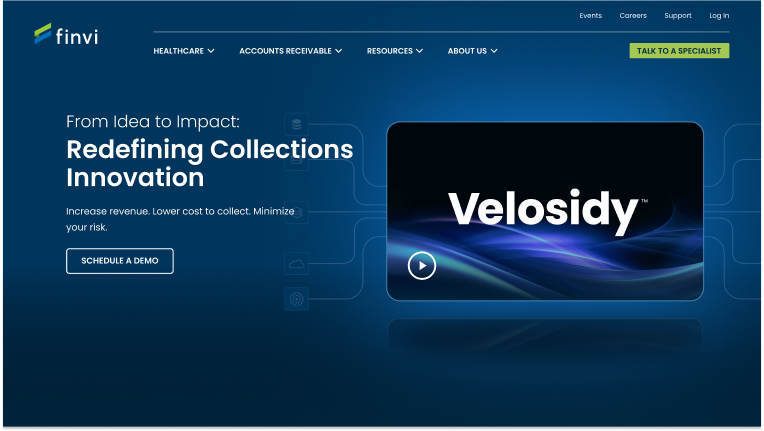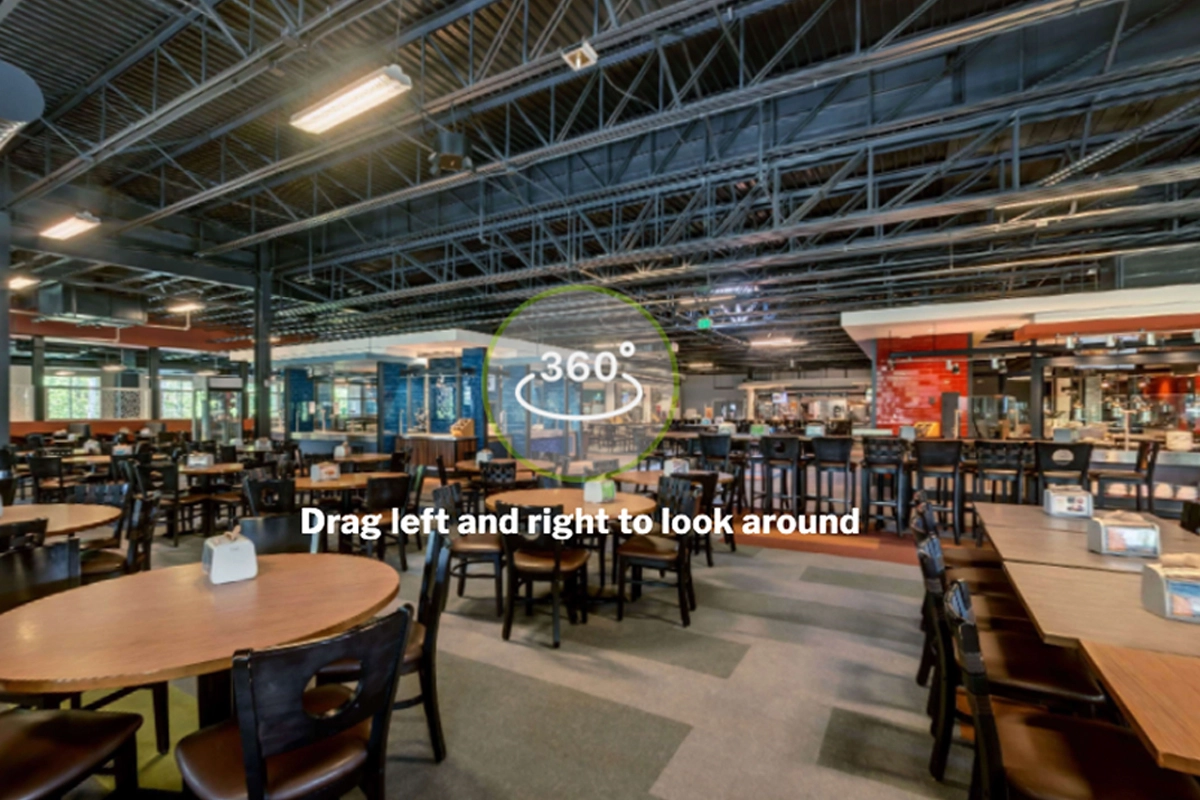7 Factors that Influence UX and Why It is Important
User Experience (UX) is crucial to a product’s success or failure in the market, but what exactly do we mean by UX? UX is frequently confused with usability, which refers to how easy a product is to use. While usability is still important, UX has evolved to encompass much more than usability, and it is critical to pay attention to all aspects of the user experience in order to deliver successful products to market. According to Peter Morville, a pioneer in the UX industry who has produced multiple best-selling books and advises several Fortune 500 businesses on UX, there are seven characteristics that define user experience so let’s take a look at each one and what it means for the user experience as a whole.
1. Useful
Why would you want to bring a product to market if it isn’t valuable to anyone? It will be difficult to compete for attention in a market full of useful and purposeful products if it has no purpose. It’s worth mentioning that “useful” is a subjective term, and items might be regarded as “useful” if they provide non-functional benefits like entertainment or aesthetic appeal. As a result, it enhances the user experience. It is also like saying that a computer game or sculpture may be regarded as valuable even if it does not allow a user to achieve a goal that is meaningful to others.
2. Usable
Usability is concerned with enabling consumers to reach their ultimate goal with a product in an effective and efficient manner. People, for the time being, only have two hands, thus a computer game that requires three sets of control pads is unlikely to be usable. Unusable products may succeed, but they are less likely to do so. Poor usability is frequently associated with a product’s first-generation – like the first generation of MP3 players, which lost market share to the more useful iPod when it was introduced. The iPod was not the first MP3 player, but it was the first MP3 player that was actually usable.
3. Findable
The term “findable” alludes to the idea that a product should be easy to locate, and in the case of digital and information products, the content within them should be as well. You won’t buy a thing if you can’t locate it, and the same is true for all potential users of that product. If you picked up a newspaper and all of the stories were randomly assigned page space rather than being grouped into sections like Sport, Entertainment, Business, and so on, you’d probably find reading it an extremely frustrating experience. Many products’ usability depends on their ability to be found.
4. Credible
Users today will not allow you a second chance to deceive them. Developers continue building high-quality web applications for viable choices. There are several options in practically every industry from which they can select a trustworthy product source. Credibility refers to the user’s capacity to believe in the product you’ve delivered. Not only that it accomplishes what it’s supposed to do, but also that it’ll last a decent amount of time and that the information it comes with is correct and useful. It’s nearly impossible to provide a positive user experience if the user believes the product creator is a liar with terrible intentions, they’ll go somewhere else instead.
5. Desirable
Both Kia and Porsche manufacture automobiles. Both are functional, usable, findable, accessible, credible, and valuable in certain ways, yet Porsche is far more attractive than Kia. This is not to argue that Kia is a bad brand since it has sold a lot of cars, but given the choice between a new Porsche and a free Kia, most people will choose the Porsche. Branding, image, identity, aesthetics, and emotive design are all used to convey desirability in design. The more attractive a product is, the more probable it is that the user who owns it will brag about it, causing other users to want it.
6. Accessible
Unfortunately, while building user experiences, accessibility is frequently overlooked. Accessibility refers to creating an experience that is accessible to people with a wide range of abilities, including those who are disabled in some way, such as those with hearing loss, impaired vision, mobility impairment, or learning disabilities. Companies frequently regard accessibility design as a waste of money because they believe persons with disabilities make up a small percentage of the population. According to census data, at least 19 percent of people in the United States have a disability, and this proportion is likely greater in less developed countries. It’s also worth remembering that designing for accessibility often results in goods that are easier to use for everyone, not just people with disabilities. In the user experience, don’t forget about accessibility.
7. Valuable
Finally, the product must provide value to the customer. It must provide value to both the company that generates it and the customer who buys or utilizes it. Any early success of a product will almost certainly be tarnished if it lacks value. Designers should keep in mind that one of the most important factors influencing purchasing decisions is price. A $100 product that addresses a $10,000 problem has a good chance of succeeding, a $10,000 product that solves a $100 problem has a considerably lower chance of succeeding.
A product’s success is determined by factors other than its utility and usage. Usable, helpful, findable, accessible, reputable, valuable, and desired products have a considerably better chance of succeeding in the marketplace. Don’t ever forget though that user-friendly cybersecurity can also be of help in giving user experience satisfaction as it ensures the users that whatever it is that they entered in the system or platform will be highly secured and protected.










